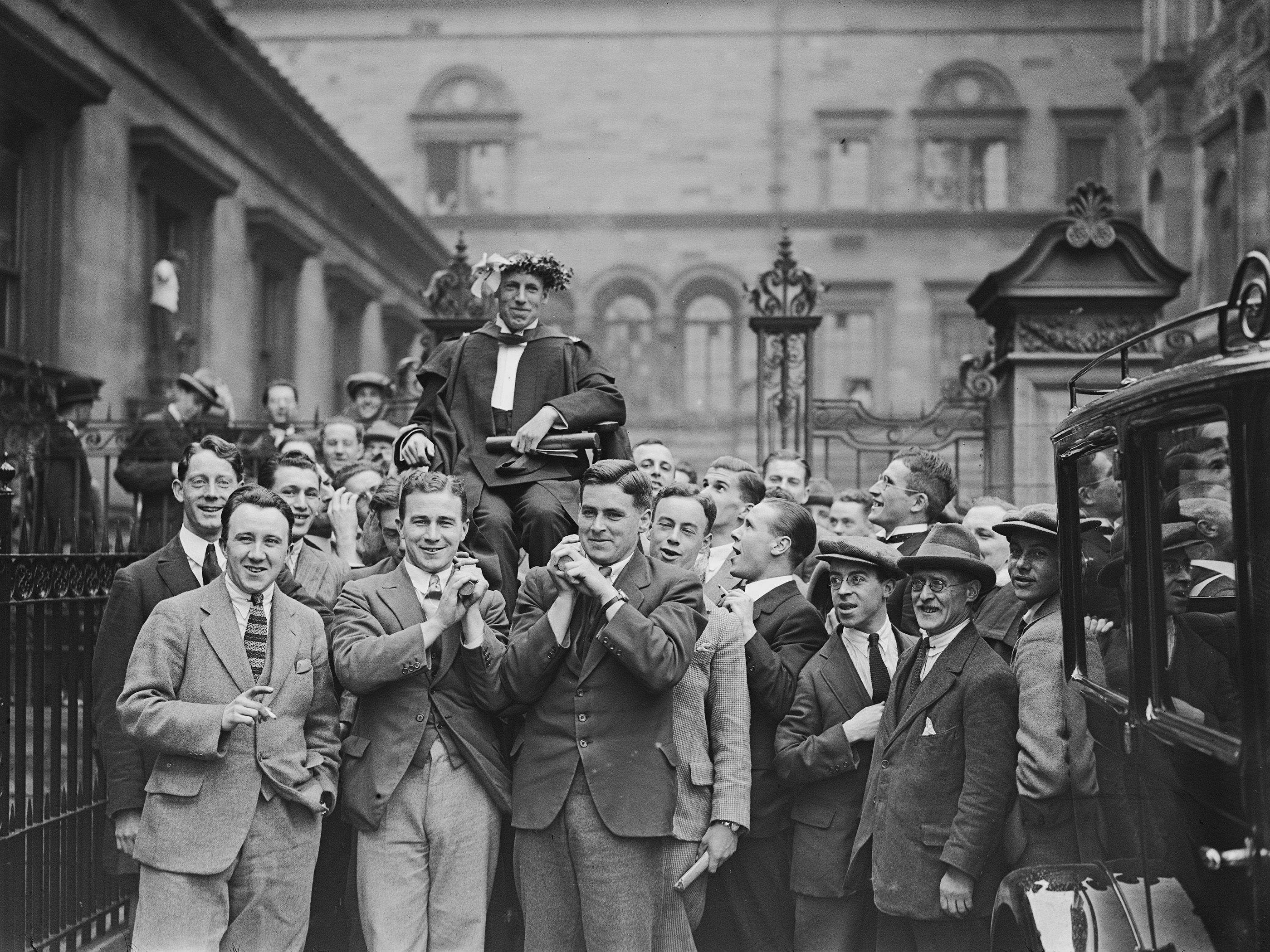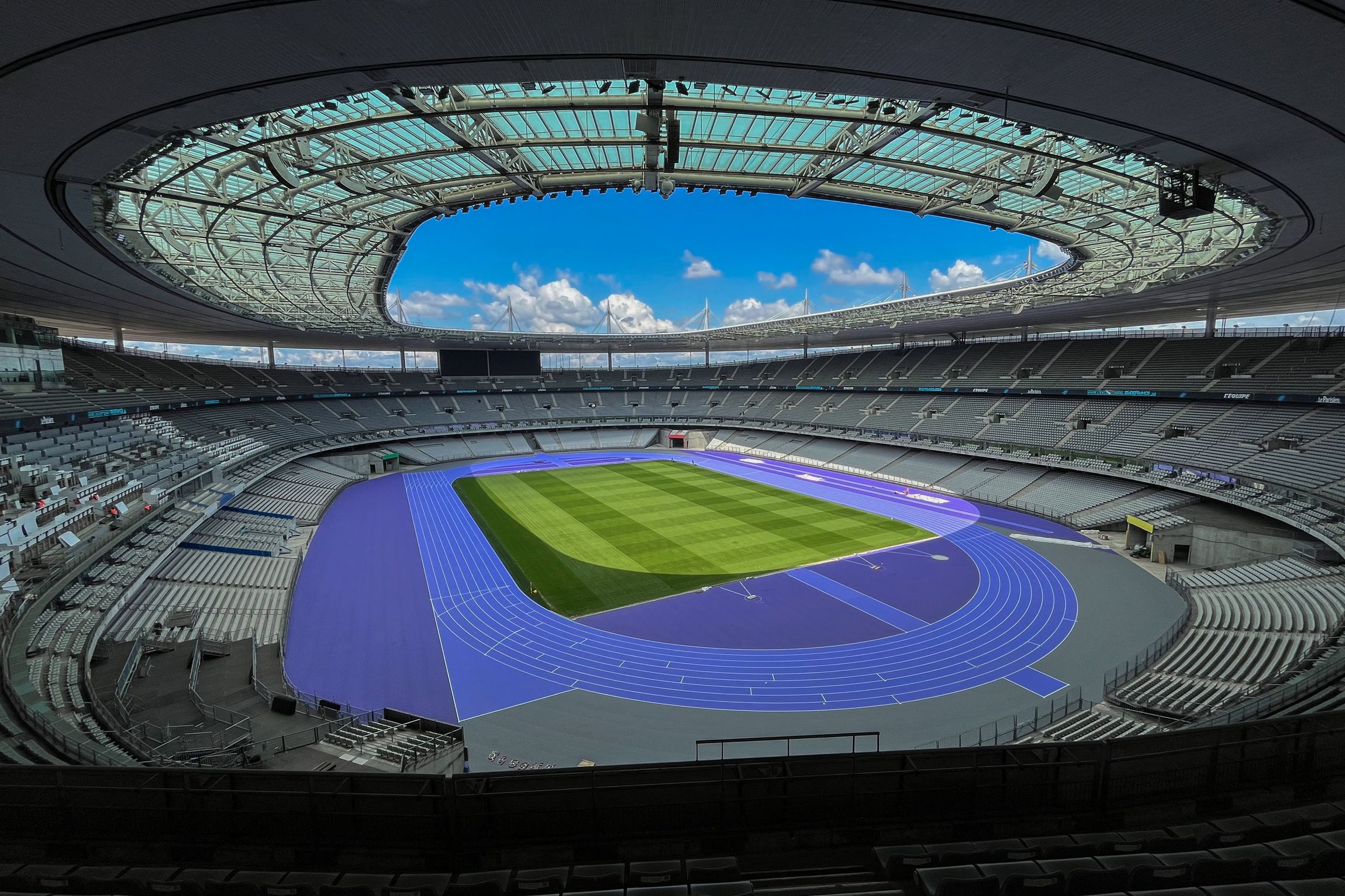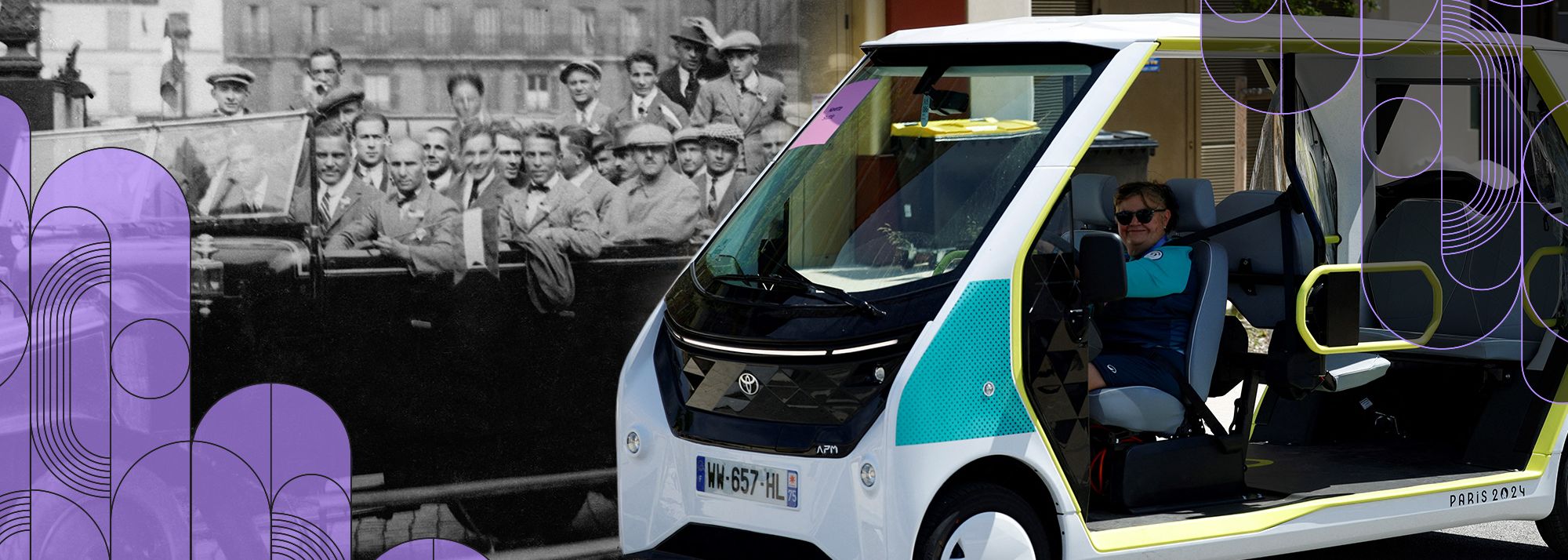Transportation at the 1924 and 2024 Olympic Games (© AFP / Getty Images)
In just a few days’ time, Paris will host the Olympics for the third time, exactly 100 years after the French capital last staged the Games.
Much has happened in the sport over the past 10 decades, so in this mini series leading into this year’s Games, we’ll reflect on some of the bigger developments in athletics between 1924 and 2024, continuing with a look at how event logistics have evolved.
--
The Paris Olympic Games of 1924 featured 660 athletes from 40 countries. All of them were men. It was a further four years before women were admitted into track and field competition at the Amsterdam Olympics.
In Paris in 2024, there will be athletes from some 200 teams.
• Explore more of the sport's history in the Museum of World Athletics
The athletics events at the Games of 1924 were contested at Stade de Colombes, home of the Racing rugby union and football clubs, north-west of the city centre.
Eric Liddell, the British winner of the 400m and inspiration behind the Oscar-winning film Chariots of Fire, made the first of his seven appearances as a wing three-quarter for the Scottish rugby union team two years previously.

Eric Liddell is paraded by fellow students around Edinburgh University after his 1924 Olympic 400m title win (© Getty Images)
The cinder track was 500m in circumference. Olympic athletics programmes have been contested on standardised 400m tracks ever since.
Track events at the 2024 Paris Olympics will take place on a purple synthetic surface at Stade de France in St Denis, to the north of the city.
The stadium staged the 2003 World Athletics Championships, in which 18-year-old Kenyan Eliud Kipchoge won an epic 5000m battle with Moroccan Hicham El Guerrouj and Kenenisa Bekele of Ethiopia.
Now, 21 years on and at the age of 39, Kipchoge will be chasing a record third Olympic marathon gold on the streets of the French capital - in a field also containing the 42-year-old Bekele.

Stade de France, venue for the athletics at the Paris 2024 Olympic Games (© AFP / Getty Images)
The Olympic Games of 1924 was the first to feature a closing ceremony and it introduced the first Olympic Village to accommodate athletes, who had previously been left to their own devices.
As a collection of wooden huts, with three beds in each, the village lacked the comforts of today, but it did provide bathrooms, a cafeteria, a post office, a currency exchange bureau, a dry cleaner, a newsagent and a hairdresser.
The Paris 2024 Olympic Village will afford state-of-the-art housing for athletes and after the Games it will become a new residential district, offering 2800 apartments for 6000 people, with 25% social housing.
It’s a model of sustainable urban development, built with wood and recycled materials, and employing processes that reduce the carbon footprint by 30% per square metre, compared to other construction sites in France.
The US Olympic team of 1924 opted to bypass the spartan village for the comfort of the Chateau de Rocquecomt, where they were entertained by the Hollywood star Mary Pickford and her actor-producer husband Douglas Fairbanks.
The squad arrived in Cherbourg after a gruelling 11-day voyage on board the Steam Ship America. The New York Times reported that at one point 22 US Olympic stars were confined to the sick bay.

The Hungarian athletics team arrive at the Paris 1924 Olympic Games (© AFP / Getty Images)
Sprinter Charley Paddock, the reigning 100m champion, was suffering from an infected toe. He proceeded to finish fifth in the 100m and second in the 200m.
There were no medal ceremonies in 1924. Medals were despatched by post after the Games finished. Harold Abrahams received his 100m gold and 4x100m silver a month after returning home.
The Parisian organisers had put insufficient stamps on the package. He had to pay an excess postage charge.
Simon Turnbull for World Athletics




